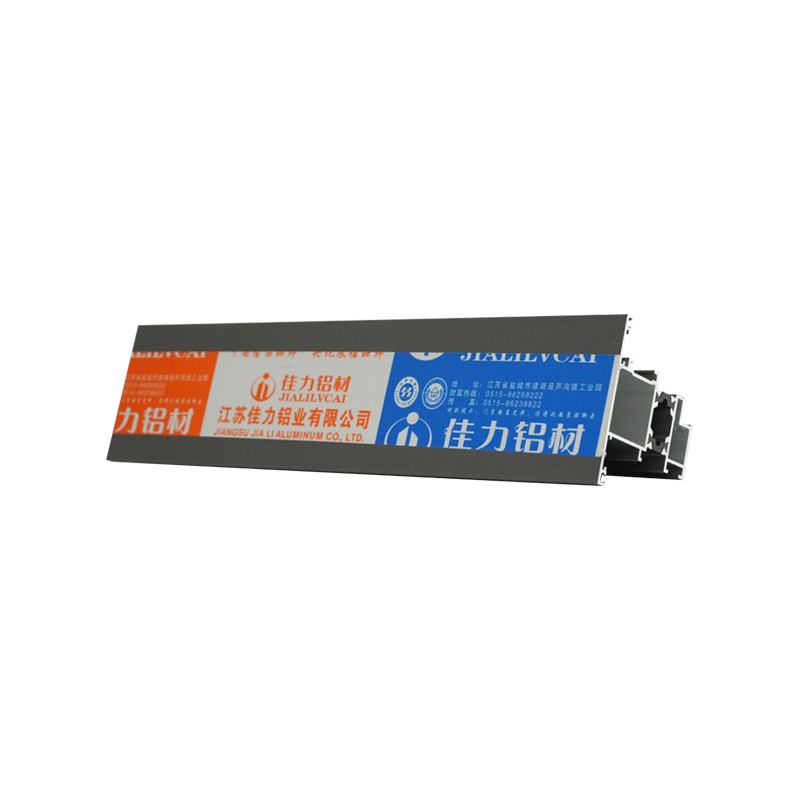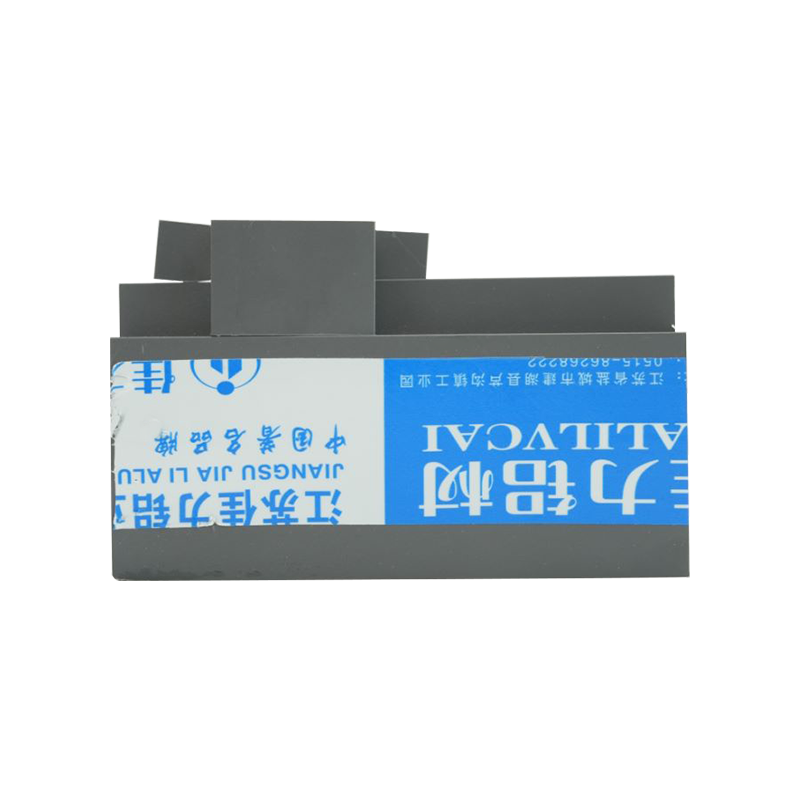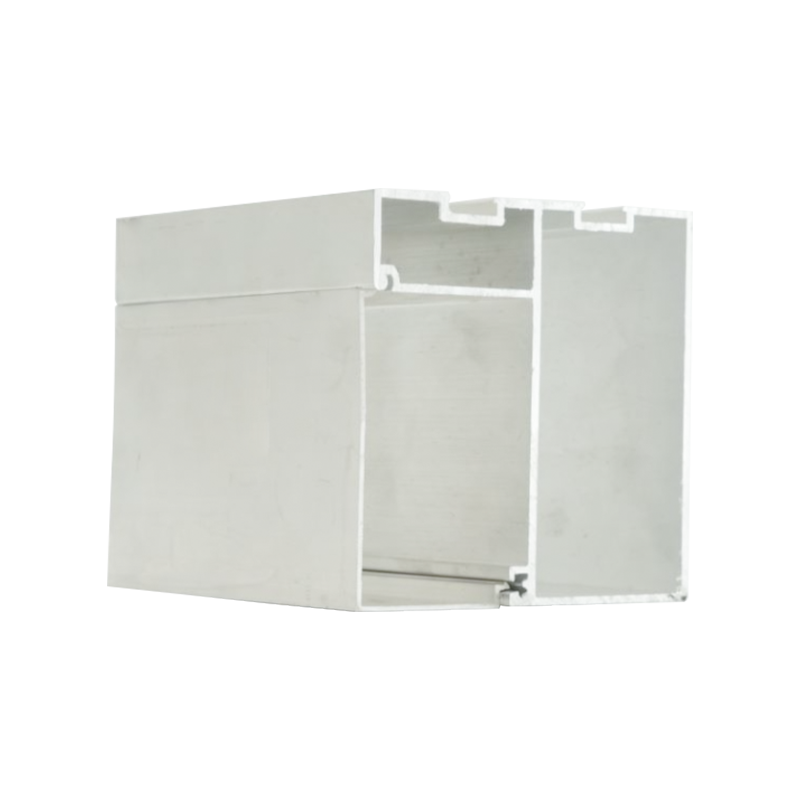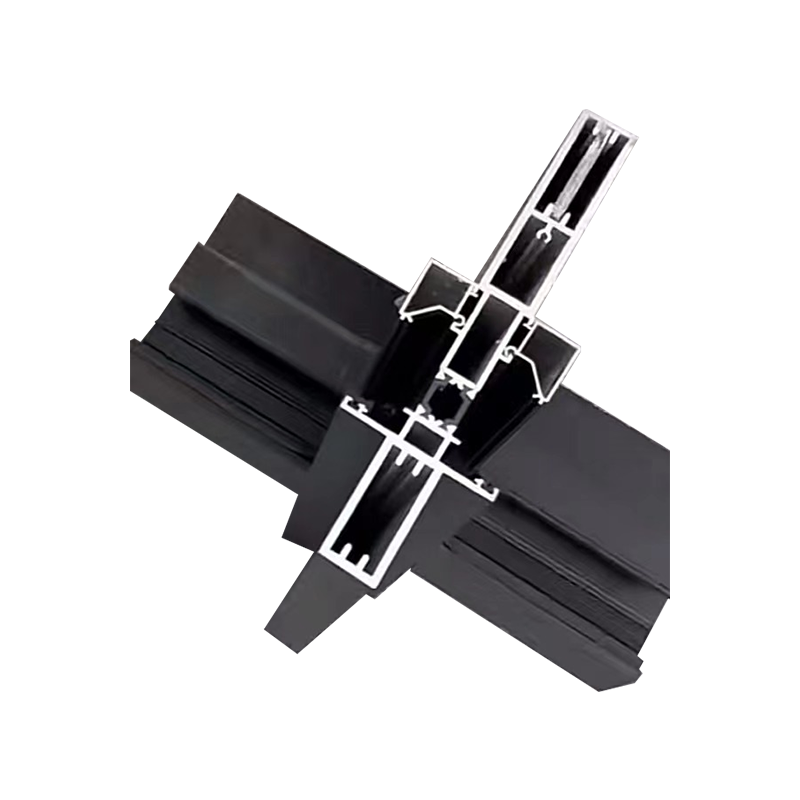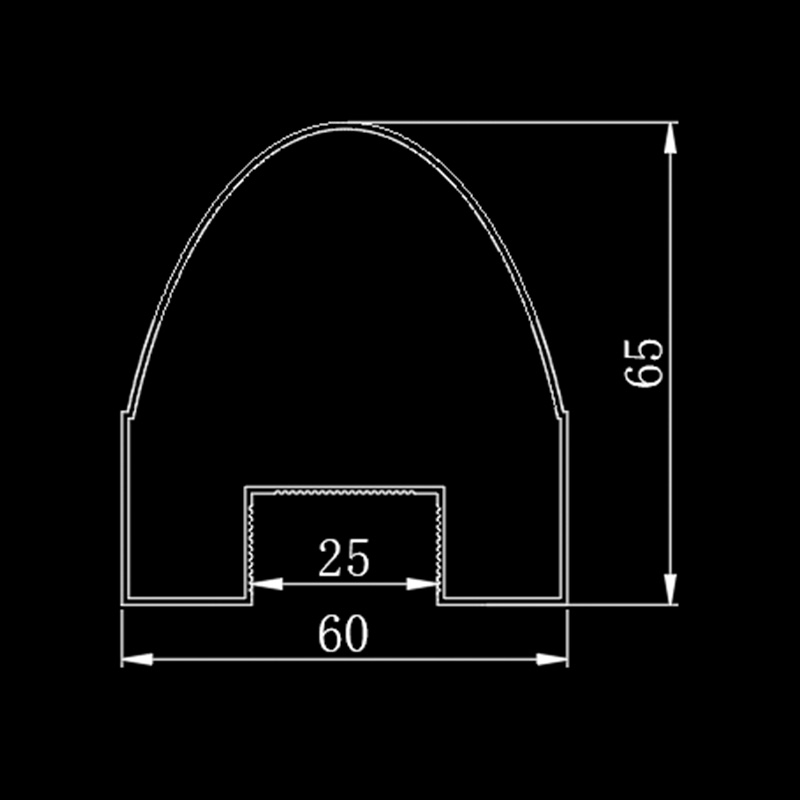The core of the electrophoretic coating process lies in the migration of paint particles under the action of an electric field. During the coating process, the aluminum profile is immersed in an electrolyte containing charged paint particles as the cathode (or anode). When the electric field is applied, the paint particles are acted upon by the electric field force and migrate to the surface of the aluminum profile in a directional manner, and are deposited on the surface to form a uniform coating. This process is not only efficient, but also ensures uniform coating thickness and no leaking. Compared with traditional coating methods, the electrophoretic coating process has significant advantages in coating quality and production efficiency.
The coating formed by electrophoretic coating has many advantages. The coating is uniform and delicate, which can significantly enhance the visual effect of the sliding door aluminum profile. The coating has good adhesion and can be firmly attached to the surface of the aluminum profile, and is not easy to fall off or peel off. In addition, the electrophoretic coating coating also has excellent weather resistance, can resist the erosion of environmental factors such as ultraviolet rays and humidity, and extend the service life of the sliding door.
Another highlight of the electrophoretic coating process is its rich color and texture performance. By adjusting the type, color and coating conditions of the paint particles, a variety of different color effects can be achieved. From classic black, white and gray to fashionable metallic colors, wood grain colors, etc., electrophoretic coating can easily handle them. This not only meets customers' demand for diversified colors of sliding doors, but also provides designers with more creative space.
In addition to color selection, electrophoretic coating can also achieve diversified performance of metal texture. For example, through special paint formulas and coating processes, texture effects such as antique copper and imitation wood grain can be simulated. These texture effects not only have extremely high simulation, but also can add a unique charm and style to sliding doors. In modern home and architectural design, sliding doors are bridges connecting indoors and outdoors, and their metal texture is particularly important. The electrophoretic coating process enables sliding doors to be perfectly integrated with various interior decoration styles through rich color and texture selection, adding infinite aesthetic value to the overall space.
The application of electrophoretic coating technology on sliding door aluminum profiles not only meets the practical functional requirements of the product, but also gives it extremely high aesthetic value. In terms of practical functions, the coating formed by electrophoretic coating has excellent wear resistance, corrosion resistance and weather resistance, which can ensure that the sliding door maintains a good appearance and performance during long-term use. This makes electrophoretic coating one of the preferred processes for the surface treatment of sliding door aluminum profiles.
In terms of aesthetic value, the electrophoretic coating process makes the sliding door a beautiful landscape in the home space through rich colors and textures. Whether it is modern minimalist style, pastoral style or Chinese classical style, electrophoretic coating can provide the right decorative effect for the sliding door. This decorative effect not only enhances the aesthetic value of the overall space, but also brings customers a more comfortable and pleasant living experience.
In practical applications, the electrophoretic coating process has been widely used in the production and manufacturing of various sliding door aluminum profiles. For example, in some high-end residential projects, designers usually choose electrophoretic coating technology to treat the surface of sliding door aluminum profiles to achieve a more refined and elegant visual effect. In some commercial places such as hotels and restaurants, the electrophoretic coating process is also widely used in the design of sliding doors to create a unique atmosphere and style.
In addition, with the continuous development and innovation of electrophoretic coating technology, more and more new coatings and coating processes are introduced into the production and manufacturing of sliding door aluminum profiles. These new coatings and coating processes not only further improve the quality and performance of electrophoretic coatings, but also bring more diverse and personalized color and texture options to sliding door aluminum profiles.

 ENG
ENG
 English
English русский
русский 中文简体
中文简体 Español
Español bahasa Indonesia
bahasa Indonesia
